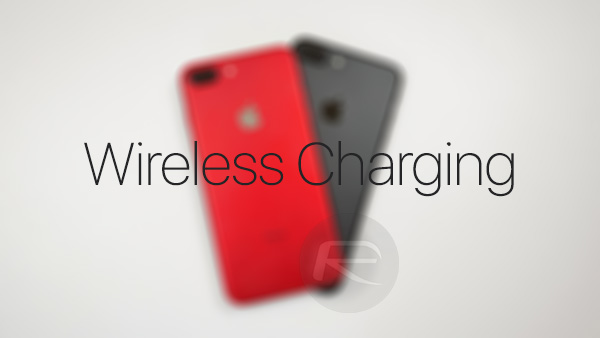Apple has filed for a new patent in which it details plans to use wireless technology to charge devices without the need for a cable or charging pad.
By using one or all of a number of different radio frequencies such as cellular (700MHz to 2700MHz), Wi-Fi (2.4GHz to 5GHz), and millimeter wave (between 10GHz and 400GHz), Apple believes it can charge devices like iPhones and iPads without a user having to plug them in or be in close proximity to a traditional wireless charging puck or pad.

The patent, carrying the title Wireless Charging and Communications Systems With Dual-Frequency Patch Antennas does specifically mention the possibility of transmitting power through the 60GHz wavelength that is used by the WiGig 802.11ad standard. This would make sense on Apple’s part because this is the closest thing to an adopted high-frequency option available right now.
Apple’s patent also mentions the use of beamforming technology to locate a device that requires charging and then direct power in that direction. Beamforming is already used in many home routers and access points, including those sold by Apple. If the company could build this charging technology into something as ubiquitous as a WiFi access point, things could get very interesting indeed.

Apple has a long history of filing for patents but then never actually using that patent for a real, shipping product. This is because Apple patents anything and everything that its boffins come up with, no matter how unlikely it is to be used in a product that it can sell to customers.
This has the knock-on effect of meaning that not all patent applications can give us a clear indication of what Apple is truly working on, but sometimes we think there may be something to the patent-shaped tea leaves. This latest wireless charging patent is one of those times.
(Source: USPTO)
You might also like to check out:
- iOS 10.3.2 Beta 5: Are There Any Changes Or New Features?
- Download: iOS 10.3.2 Beta 5 Released
- Download Delta Emulator Beta 3 IPA On iOS 10 [No Jailbreak Required]
- Jailbreak iOS 10.3.1 / 10.3 / 10.2.1 For iPhone And iPad [Latest Status Update]
- Apple Submits Patent Application For Magic Keyboard With Touch Bar, Touch ID
You can follow us on Twitter, add us to your circle on Google+ or like our Facebook page to keep yourself updated on all the latest from Microsoft, Google, Apple and the Web.

